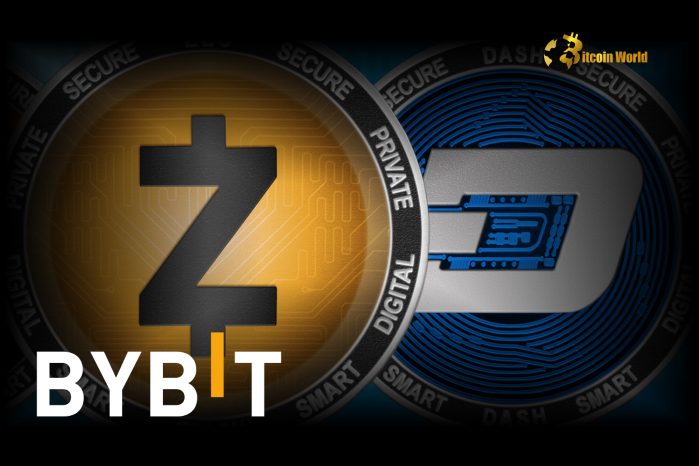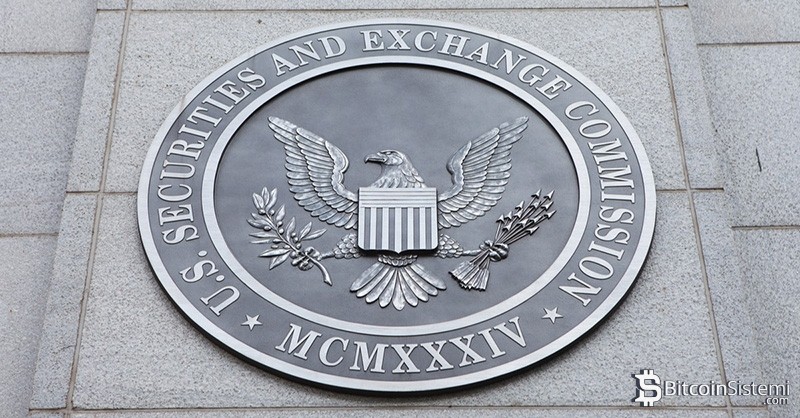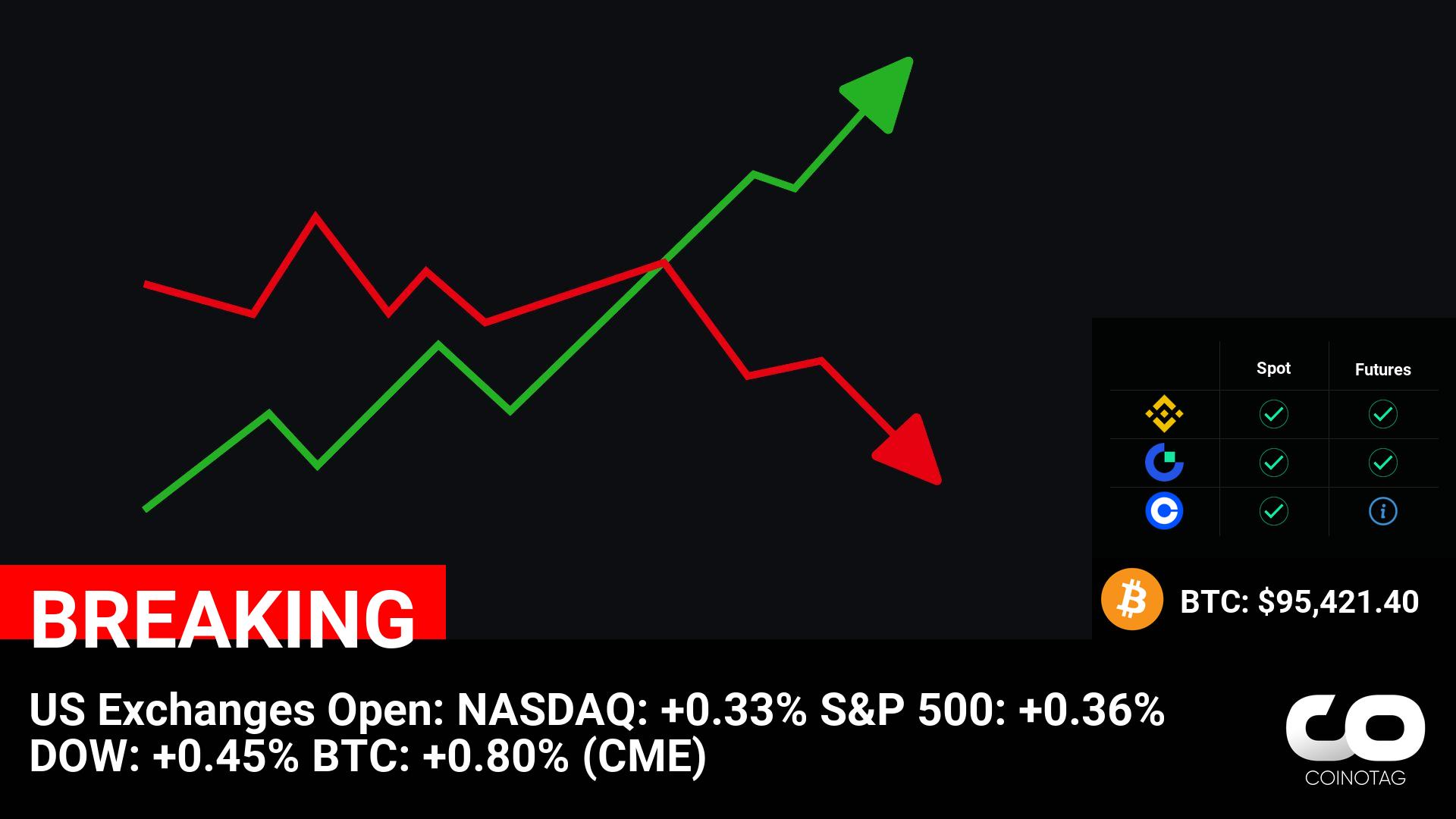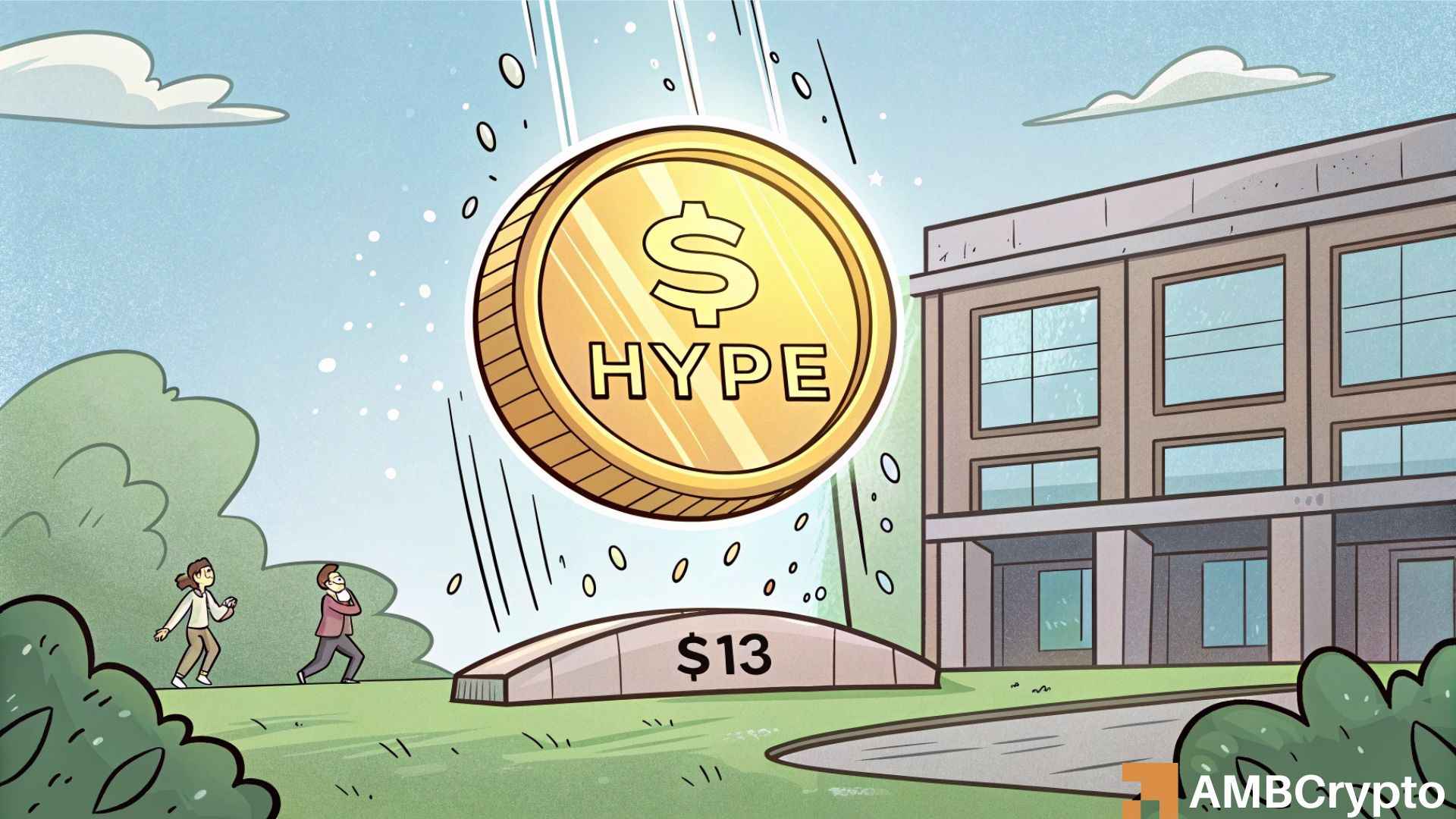
Bitcoin struggles to break the $100,000 barrier amidst economic uncertainties. Key economic data releases this week could influence Bitcoin`s market movement. Continue Reading: Bitcoin Faces Critical Economic Data This Week: Will It Break the $100K Barrier? The post Bitcoin Faces Critical Economic Data This Week: Will It Break the $100K Barrier? appeared first on COINTURK NEWS .
CoinTurk News
You can visit the page to read the article.
Source: CoinTurk News
Disclaimer: The opinion expressed here is not investment advice – it is provided for informational purposes only. It does not necessarily reflect the opinion of BitMaden. Every investment and all trading involves risk, so you should always perform your own research prior to making decisions. We do not recommend investing money you cannot afford to lose.
Here are key XRP price levels to watch this week

XRP continues to hold firm above the $2 support level, maintaining investor interest even as the broader cryptocurrency market trends downward. In this line, crypto analyst Dark Defender , in an X post , highlighted XRP’s potential for an imminent breakout, suggesting that a rally could gain momentum if key resistance levels are breached. Technical analysis: Key XRP price levels to watch Currently, XRP is consolidating near the $2.60 resistance level, which has become a key decision point for the token’s next move. XRP price analysis chart. Source: DarkDefender / X A breakout above $2.60, and more critically, a move past $2.77, could ignite a fresh wave of bullish momentum, potentially driving the token toward $2.85. If the rally extends further, analysts see $5.85 as the next upside target. This outlook is further validated by artificial intelligence models , which project that XRP could trade between $3.15 and $3.50 by March 2025 if it clears the key $2.72 resistance level, a scenario the model assigns a 65% probability. On the downside, support remains at $2.33, a level crucial for maintaining XRP’s bullish structure. Meanwhile, the Relative Strength Index ( RSI ) is also supporting XRP’s bullish setup, showing higher lows despite price consolidation. A breakout above the resistance trendline would signal increasing buying pressure, further supporting an upward move . Market fundamentals boost optimism XRP continues to attract institutional capital, standing out amid shifting market dynamics. While Bitcoin ( BTC ) recorded $571 million in outflows last week, XRP led altcoin inflows with $38.3 million, according to a CoinShares report . Since mid-November 2025, XRP has accumulated $819 million in institutional inflows, further highlighting growing confidence in its long-term potential. Ripple’s expanding presence in global payments is a major driver of institutional interest. The company recently partnered with Unicâmbio to facilitate cross-border transactions between Portugal and Brazil, marking its first expansion into this key remittance corridor. Additional partnerships with Mercado Bitcoin and Travelex Bank further indicate Ripple’s growing role in financial services. The SEC’s acknowledgment of Grayscale’s XRP Trust ETF filing has also fueled speculation of regulatory approval, signaling a potential shift in sentiment. JPMorgan analysts estimate that an XRP ETF could attract between $3 billion and $6 billion in net inflows within its first year, injecting substantial buying pressure into the asset. XRP price analysis At press time, XRP was trading at $2.49, reflecting a one-day decline of over 2.5%. On the weekly chart, the token has lost more than 7%. XRP one-week price chart. Source: Finbold With institutional inflows rising and technical indicators flashing bullish signals, all eyes are now on whether XRP can reclaim key resistance levels and sustain its upward trajectory, though key market dynamics and supply-side factors continue to add layers of complexity to its performance. Featured image via Shutterstock The post Here are key XRP price levels to watch this week appeared first on Finbold . CoinTurk News

Urgent Crypto Delisting: Bybit to Remove Zcash (ZEC) and Dash (DASH) – What You Need to Know
Heads up, crypto traders! If you’re holding Zcash (ZEC) or Dash (DASH) on Bybit, you need to take immediate action. The popular cryptocurrency exchange, Bybit, has just dropped a bombshell announcement: they are delisting both ZEC and DASH. This news is sending ripples through the crypto community, and here’s everything you need to know to navigate this critical update. Breaking: Bybit Announces Zcash and Dash Delisting In an official announcement posted on their website, Bybit confirmed the impending delisting of Zcash (ZEC) and Dash (DASH) . Mark your calendars: February 28th is the day the axe falls. Specifically, the ZEC/USDT and DASH/USDT spot trading pairs will be removed from the platform at 08:00 UTC on that date. This means that after this time, you will no longer be able to trade these pairs on Bybit’s spot market. Here’s a quick rundown of the key details: Delisted Cryptocurrencies: Zcash (ZEC) and Dash (DASH) Delisting Date: February 28th Trading Pair Removal Time: 08:00 UTC Affected Pairs: ZEC/USDT and DASH/USDT (Spot Trading) Exchange: Bybit This announcement has understandably caused concern among users who actively trade or hold these cryptocurrencies on Bybit. But what does this actually mean, and what should you do if you’re affected? Why is Bybit Delisting ZEC and DASH? Understanding Crypto Exchange Delistings While Bybit’s official announcement is concise, it doesn’t explicitly state the reasons behind this crypto exchange delisting . However, crypto exchange delistings are not uncommon, and they often stem from a variety of factors. Let’s explore some potential reasons why Bybit might be taking this step: Regulatory Pressure: Increased regulatory scrutiny in the cryptocurrency space is a significant factor. Privacy coins like Zcash and Dash, which offer enhanced transaction anonymity, have faced criticism from regulators globally. Exchanges may preemptively delist such coins to avoid potential compliance issues or stricter regulatory actions in the future. Low Trading Volume or Liquidity: If the trading volume for ZEC/USDT and DASH/USDT pairs has been consistently low on Bybit, the exchange might deem it economically unsustainable to continue supporting these markets. Exchanges aim to optimize their platform for the most actively traded and profitable assets. Compliance and Risk Management: Exchanges have rigorous compliance and risk management frameworks. Coins that are perceived as higher risk, whether due to regulatory concerns, security vulnerabilities, or association with illicit activities (even if unfounded), might be delisted as a precautionary measure. Technological or Maintenance Issues: Although less likely for established coins like ZEC and DASH, there could be unforeseen technical or maintenance challenges associated with supporting these specific blockchains that prompted Bybit’s decision. Strategic Realignment: Exchanges sometimes undergo strategic shifts in their focus. Bybit might be prioritizing other types of cryptocurrencies or market segments, leading to a strategic decision to streamline their offerings and remove less strategically important assets. It’s important to note that these are speculative reasons. Bybit has not yet provided a detailed explanation for the Zcash delisting and Dash delisting . However, understanding these common drivers behind exchange delistings can provide context to this situation. What Does This Mean for ZEC and DASH Holders on Bybit? Actionable Insights If you are currently holding ZEC or DASH on Bybit, here’s what you urgently need to do: Withdraw Your Funds: The most crucial step is to withdraw your ZEC and DASH from Bybit before the delisting date of February 28th. While Bybit typically allows withdrawals even after delisting, it’s always best practice to act promptly to avoid any potential complications or delays. Check Withdrawal Deadlines: While the announcement specifies the trading pair removal date, double-check Bybit’s official communication channels (website, announcements, customer support) for any specific deadlines related to withdrawals. Consider Alternative Exchanges: If you wish to continue trading ZEC and DASH, explore other cryptocurrency exchanges that still support these coins. Research reputable exchanges with good security and liquidity for these pairs. Stay Informed: Keep an eye on Bybit’s announcements and crypto news outlets for any further updates or clarifications regarding this delisting. Market sentiment and price action for ZEC and DASH might be affected by this news. Spotlight on Zcash and Dash: Privacy-Focused Cryptocurrencies For those less familiar, Zcash (ZEC) and Dash (DASH) are both cryptocurrencies that are well-known for their focus on privacy. They were designed to offer users greater anonymity and confidentiality in transactions compared to more transparent cryptocurrencies like Bitcoin. Zcash (ZEC): Privacy Technology: Zcash utilizes zk-SNARKs (Zero-Knowledge Succinct Non-Interactive Argument of Knowledge) technology, a powerful cryptographic method that allows for private transactions where the sender, receiver, and transaction amount can be shielded. Selective Transparency: Zcash offers users the choice between transparent and shielded transactions. This flexibility allows users to comply with regulations or share transaction details selectively when needed. Focus on Confidentiality: Zcash has positioned itself as a leading privacy coin, catering to users who prioritize financial confidentiality. Dash (DASH): PrivateSend Feature: Dash incorporates PrivateSend, a feature that mixes transactions to obscure the transaction origin and destination, enhancing user privacy. InstantSend Feature: In addition to privacy, Dash is also known for its InstantSend feature, enabling near-instantaneous transaction confirmations. Decentralized Governance: Dash has a decentralized governance system, allowing DASH holders to participate in decisions about the project’s development and direction. Despite their technological innovations and focus on privacy, Zcash and Dash, along with other privacy coins, have faced increasing regulatory scrutiny and delistings from some exchanges due to concerns about illicit use and compliance. The Future Landscape: Crypto Delisting and the Evolving Regulatory Climate Bybit’s decision to delist ZEC and DASH is another signal of the evolving regulatory landscape in the cryptocurrency industry. Exchanges are increasingly navigating a complex web of regulations globally, and decisions like these reflect a cautious approach to compliance and risk mitigation. This event raises important questions about the future of privacy coins and the balance between regulatory compliance and the principles of decentralization and user privacy that are core to the crypto ethos. As regulations continue to develop, we may see further adjustments in how exchanges list and support different cryptocurrencies. Conclusion: Act Now on Bybit’s Delisting Announcement The Bybit delisting of ZEC and DASH is a significant event for users of the exchange and the broader crypto market. If you hold these coins on Bybit, it’s crucial to take immediate action to withdraw your funds before the February 28th deadline. Stay informed about further updates from Bybit and consider this as a reminder of the dynamic and sometimes unpredictable nature of the cryptocurrency exchange environment. To learn more about the latest explore our article on key developments shaping the crypto market. CoinTurk News











